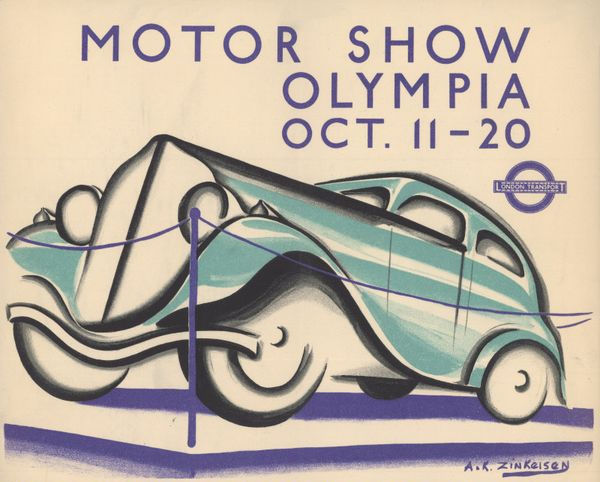The Myth of The Male Hunter
- Editor OGN Daily
- Jul 21, 2023
- 2 min read
In ancient times, women stayed at home gathering nuts and fruit whilst the men went out hunting. Not so.

The idea that in early human societies, the men went out hunting, while the women merely gathered plants, has been dealt a major blow: it turns out there is considerable evidence that women were also hunters, and it has been there all along.
There is limited direct evidence of gender roles in early human societies, but since the 1800s, ethnographers have lived alongside groups that still practise hunter-gathering, and published their observations.
Until now, there has been a general sense that these had confirmed assumptions about men going out to hunt, and women only killing prey opportunistically; but when researchers led by anthropologist Prof Cara Wall-Scheffler, of Seattle Pacific University, went back to original reports on 63 hunter-gatherer societies, and analysed them systematically, they found that in almost 80 percent of them, women of all ages had been routinely observed engaged in “purposeful hunting”.
The data, therefore, flatly rejects the long-standing myth that men hunt, women gather, and that this division runs deep in human history.
The truth is that women and girls killed prey large and small, and they used a wider variety of weapons than the men, says the study, published in the journal PLOS One: bows and arrows, knives, spears, nets and machetes were all in their toolkits. This may have been because they tended to be more physically restricted. Indeed, some would have been carrying babies on their backs, or been pregnant.
An archaeologist who researches Paleolithic spear hunting, Annemieke Milks, applauds the study for revisiting ethnographic reports specifically to suss out women hunters. “It means we have to rethink a lot about how we interpret the deeper past.” The work, she says, “completely overturns man the hunter, women the gatherer.”



